Barometric pressure, often overlooked by anglers, plays a crucial role in fish behavior and feeding patterns. Understanding this atmospheric force can transform your fishing strategy, helping you predict prime fishing times and adapt your techniques. From freshwater lakes to open oceans, learn how pressure changes influence different species and elevate your angling success.
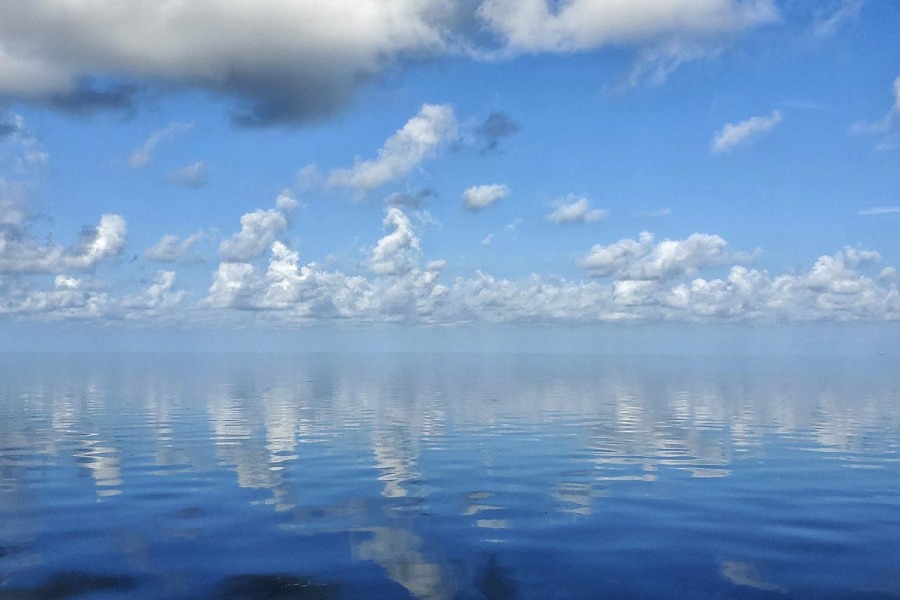
Weather Patterns and Fishing: How Barometric Pressure Affects Fish Behavior
- Barometric pressure significantly influences fish behavior and feeding patterns
- Understanding pressure changes can improve fishing success rates
- High pressure typically leads to slower fish activity, while low pressure often increases feeding
- Different fish species respond uniquely to barometric fluctuations
- Anglers can adapt techniques and timing based on pressure forecasts
- Tools like fishing barometers and weather apps aid in pressure monitoring
- Combining pressure data with other weather factors optimizes fishing strategies
As any seasoned angler will tell you, successful fishing isn't just about having the right bait or knowing where the fish are hiding. It's also about understanding the intricate dance between weather patterns and fish behavior. Among the various meteorological factors that influence our finned friends, barometric pressure stands out as a crucial yet often overlooked element. This article delves into the fascinating world of atmospheric pressure and its profound impact on fishing conditions, offering insights that could transform your next fishing expedition from a game of chance to a scientific pursuit.
The Basics of Barometric Pressure in Fishing
Barometric pressure, also known as atmospheric pressure, is the force exerted by the weight of the air above us. This invisible force plays a significant role in shaping weather patterns and, consequently, fish behavior. For anglers seeking to optimize their fishing forecast, understanding the relationship between air pressure and fishing is paramount.
"To the observant angler, barometric pressure is like a secret language spoken by the Heavens." - Anonymous Fishing Sage
Generally, the best time to fish barometric pressure is during periods of stable or slowly changing pressure. Fish are most active during the "comfortable" pressure ranges, which typically fall between 29.70 and 30.40 inches of mercury. However, it's the changes in pressure, rather than the absolute values, that often trigger the most significant responses in fish behavior.
The Science Behind Pressure Changes and Fish Behavior
To understand why barometric pressure fishing is so effective, we need to dive into some fish biology. Fish possess two key anatomical features that make them sensitive to pressure changes:
- The swim bladder - an internal gas-filled organ that helps fish maintain buoyancy
- The lateral line - a sensory organ running along the fish's sides that detects vibrations and pressure changes in the water
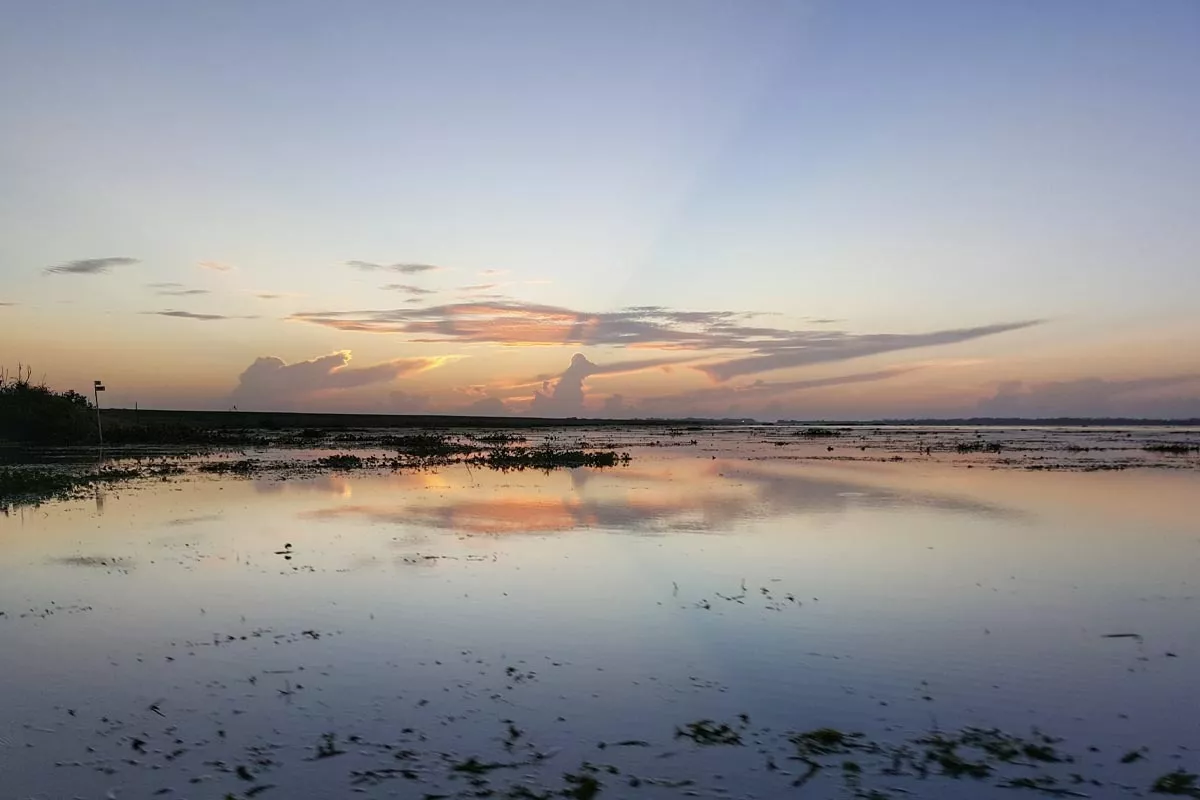
High Pressure Fishing: Strategies for Clear Skies
High pressure systems typically bring clear, sunny weather with light winds - conditions many would consider ideal for a day on the water. However, from a fish's perspective, these might not be the best fishing conditions. During high pressure periods:
- Fish often move to deeper waters where pressure changes are less noticeable
- Feeding activity may decrease as fish become more lethargic
- Clear water can make fish more wary and harder to catch
Despite these challenges, high pressure doesn't mean you can't have a successful fishing trip. Here are some strategies for fishing in high pressure conditions:
- Focus on fishing during dawn and dusk when light levels are lower
- Use smaller, more natural-looking lures to entice cautious fish
- Try slow-moving baits that mimic easy prey for energy-conserving fish
- Target structure and cover where fish might be hiding
Remember, while high pressure might not provide the absolute best conditions for fishing, it's often more comfortable for anglers and can lead to enjoyable, if sometimes challenging, fishing experiences.
Low Pressure Fishing: Capitalizing on Active Fish
As a low pressure system moves in, bringing clouds, wind, and potentially rain, many anglers pack up and head home. However, those in the know understand that these conditions can lead to some of the most exciting fishing opportunities. During low pressure periods:
- Fish often become more active, moving to shallower waters
- Feeding activity typically increases as fish prepare for potential weather changes
- Overcast skies can make fish less wary and more likely to strike
To make the most of low pressure fishing:
- Use larger, more aggressive lures to attract actively feeding fish
- Focus on shallower areas where fish are likely to be hunting
- Don't be afraid to fish in light rain - it can often trigger feeding frenzies
- Pay attention to wind direction and fish the windward side of the lake or coastline
While low pressure systems might bring less comfortable weather for anglers, they often provide the best conditions for fishing, especially for those targeting predatory species.

The Golden Hour: Fishing During Pressure Transitions
Perhaps the most exciting time for fishing is during the transition between high and low pressure systems. This period, often referred to as the "golden hour" in fishing circles, can trigger intense feeding activity as fish react to the changing conditions.
- Fish often feed more aggressively in anticipation of the coming low pressure system
- Predatory fish may move to shallower waters to hunt
- Baitfish may become more active, triggering a feeding chain reaction
During rising pressure:
- Fish may feed heavily before the high pressure system settles in
- Activity levels can spike as fish adjust to the changing conditions
- Opportunistic feeding can occur as the ecosystem stabilizes
To capitalize on these transitions:
- Monitor your fishing barometer closely to identify pressure changes
- Be prepared to change your fishing location and tactics quickly
- Use a variety of lures and techniques to determine what the fish are responding to
- Pay attention to sudden changes in fish activity and adjust accordingly
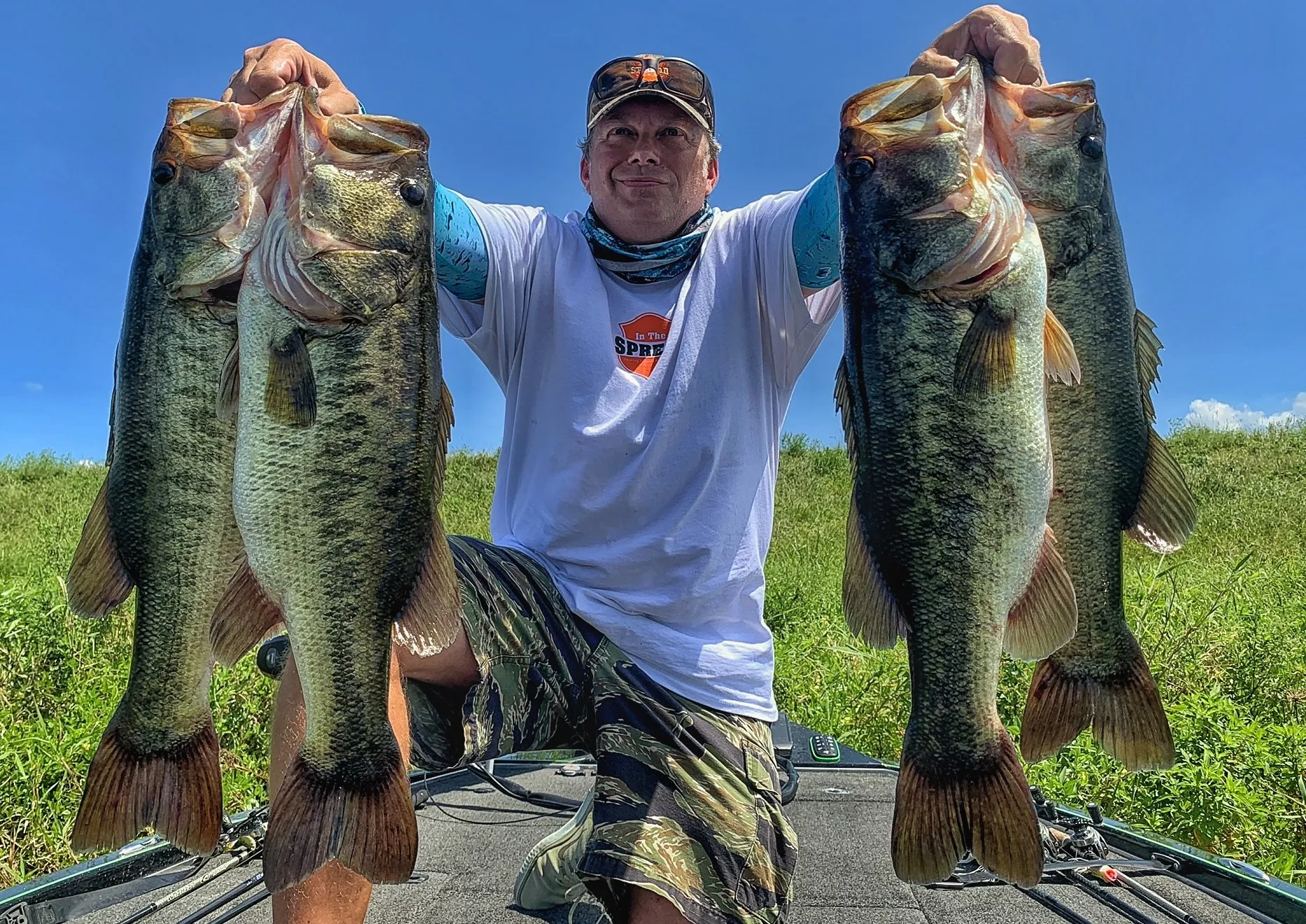
Species-Specific Responses to Barometric Pressure
Not all fish respond to barometric pressure changes in the same way. Understanding species-specific behaviors can further refine your fishing strategy:
- Bass: Often more active during falling pressure and at the start of rising pressure
- Trout: Can be more active during stable high pressure, especially in colder months
- Catfish: Less affected by pressure changes, making them a good target during transitional periods
- Redfish and Snook: Often more active during low pressure and falling pressure conditions
- Walleye: Typically more active during periods of rising pressure
By tailoring your target species to the current and forecasted pressure conditions, you can significantly increase your chances of a successful outing.
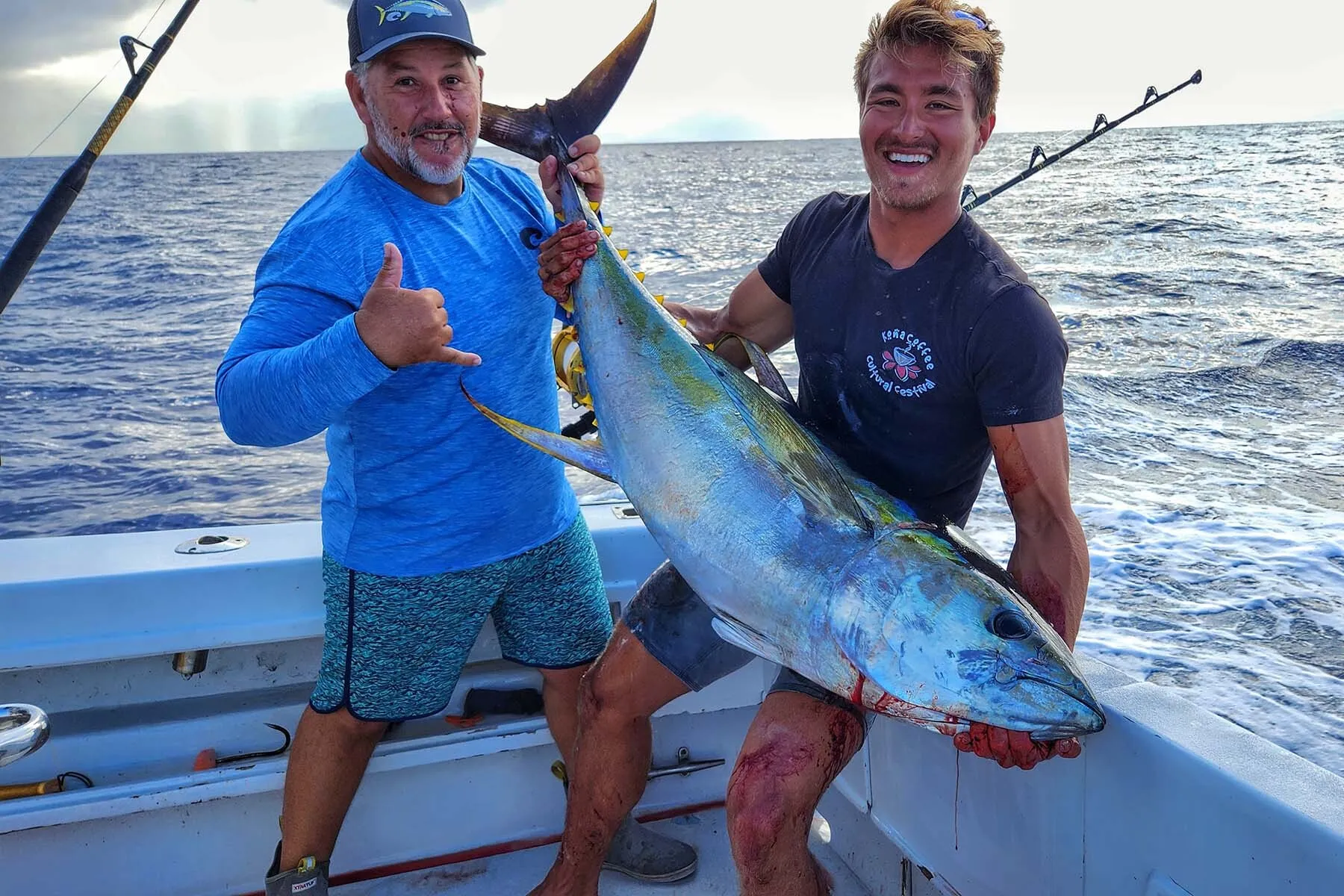
Barometric Pressure and Pelagic Species: Rulers of the Open Ocean
When discussing the effects of barometric pressure on fish behavior, it's crucial to consider pelagic species - those that inhabit the open water columns of oceans and seas. These fish, which include tuna, marlin, mahi-mahi, and various mackerels, present a unique case study in the relationship between air pressure and fishing success.
The Pelagic Paradox
Pelagic fish offer an interesting paradox when it comes to barometric pressure fishing. Unlike their coastal or freshwater counterparts, these open-ocean dwellers are often found in deeper waters, which one might assume would insulate them from the effects of atmospheric pressure changes. However, experienced offshore anglers know that pelagic species can be remarkably sensitive to these shifts.
"In the vast openess of the wild ocean, barometric pressure becomes a subtle yet crucial cue for pelagic predators." - Captain Michael Packard
How Pressure Affects Pelagic Behavior
Pelagic fish behavior in relation to barometric pressure can be summarized as follows:
Feeding Frenzies During Pressure Drops:
- As barometric pressure falls, often indicating an approaching storm system, many pelagic species enter into intense feeding periods.
- This increased activity is believed to be a survival strategy, preparing for potential food scarcity during turbulent weather.
- Significant pressure changes can cause pelagic fish to alter their preferred depth in the water column.
- During high pressure systems, they may dive deeper, while low pressure might bring them closer to the surface.
- Pressure changes can influence the behavior of smaller baitfish, causing them to form tighter or looser bait balls.
- This, in turn, affects the hunting patterns of larger pelagic predators.
- Some scientists believe that large-scale barometric pressure systems play a role in triggering the long-distance migrations of certain pelagic species.
Optimizing Your Offshore Fishing Strategy
For anglers targeting pelagic species, understanding these pressure-related behaviors can significantly improve fishing conditions and success rates. Here are some tips for offshore fishing based on barometric pressure:
- Monitor Pressure Trends: Use a reliable marine weather service or a fishing barometer to track pressure changes before and during your offshore trip.
- Target Pressure Drops: Plan your trips to coincide with falling pressure if possible, as this often precedes the best pelagic fishing conditions.
- Adjust Trolling Depths: Be prepared to modify your trolling depths based on pressure readings. During high pressure, consider using deeper-running lures or downriggers.
- Leverage Technology: Many modern fish finders include barometric pressure sensors. Use this data in conjunction with sonar readings to locate actively feeding schools.
- Be Storm-Ready: While falling pressure can lead to excellent fishing, it's crucial to prioritize safety. Always be prepared to head back to port if severe weather is approaching.
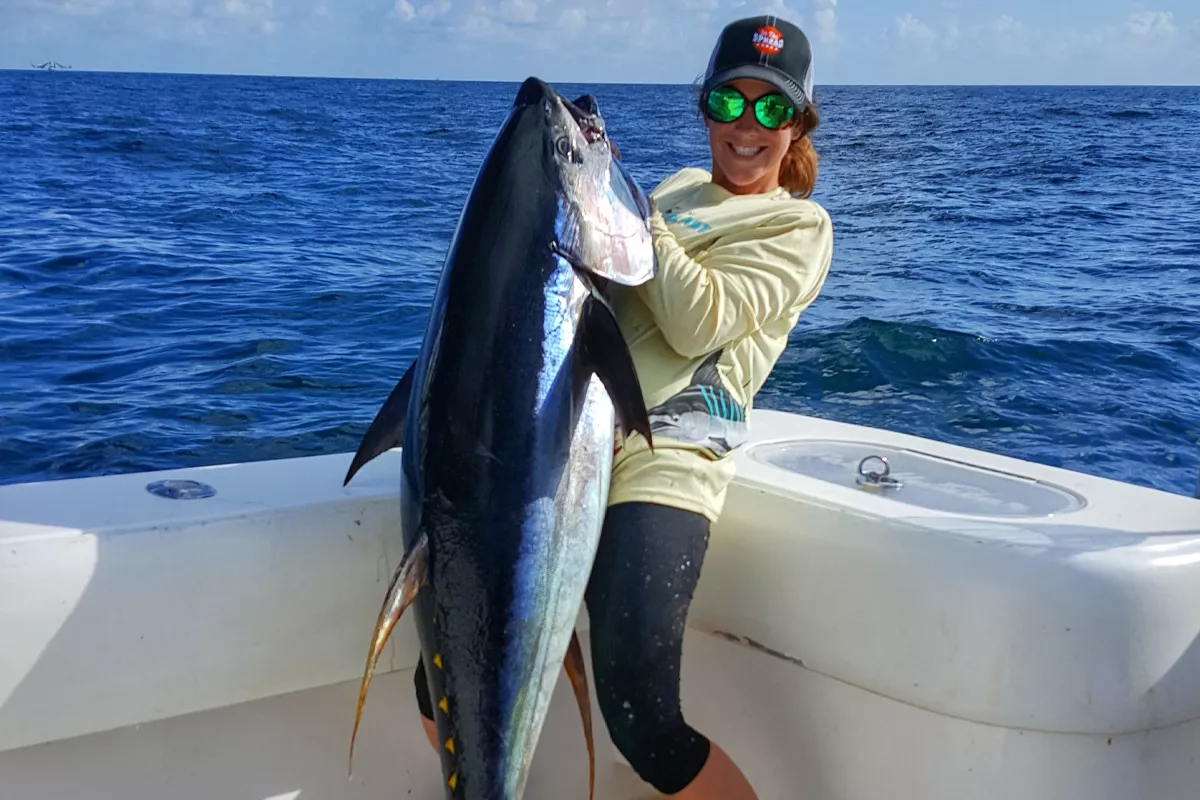
Case Study: Yellowfin Tuna and Barometric Pressure
Research conducted in the Gulf of Mexico has shown a strong correlation between yellowfin tuna catch rates and barometric pressure changes. The study found that:
- Catch rates increased significantly during periods of falling pressure.
- The most productive fishing occurred when the pressure was between 29.70 and 30.20 inches of mercury and falling.
- Rapid pressure drops of 0.10 inches or more within a 3-hour period often preceded the best yellowfin tuna bites.
This research underscores the importance of incorporating barometric pressure data into offshore fishing strategies, particularly for prized pelagic species like yellowfin tuna.

Tools of the Trade: Monitoring Barometric Pressure for Fishing
In today's tech-savvy world, anglers have a wealth of tools at their disposal for monitoring barometric pressure and other weather conditions:
- Smartphone apps: Many fishing-specific apps now include barometric pressure readings and forecasts
- Handheld barometers: Portable devices that allow for real-time pressure monitoring on the water
- Online weather services: Provide detailed pressure maps and forecasts for fishing locations
- Marine weather radios: Offer up-to-date weather information, including pressure trends
Investing in and learning to use these tools can transform your approach to fishing, allowing you to make data-driven decisions about when and where to fish.
Putting It All Together: A Holistic Approach to Weather and Fishing
While barometric pressure is a crucial factor in fish behavior, it's important to consider it as part of a larger picture. Other weather elements such as temperature, wind, and precipitation also play significant roles in creating optimal fishing conditions.
- Keep a fishing log that includes weather conditions, pressure readings, and catch results
- Learn to read weather maps and understand frontal systems
- Combine pressure data with seasonal patterns and local knowledge
- Be flexible and willing to adapt your tactics based on changing conditions
What is the ideal barometric pressure for fishing?
While there's no single "ideal" pressure, many anglers find success when the barometer reads between 29.70 and 30.40 inches of mercury. However, it's often the change in pressure, rather than the absolute value, that triggers fish activity.
How quickly do fish respond to pressure changes?
Fish can sense and respond to pressure changes relatively quickly, often within a few hours. However, the speed of response can vary depending on the species and the rate of pressure change.
Do pelagic fish respond differently to barometric pressure compared to coastal or freshwater species?
While pelagic fish are often found in deeper waters, they can be surprisingly sensitive to barometric pressure changes. Many offshore anglers report increased activity in pelagic species like tuna and marlin during falling pressure, often preceding storm systems. However, their responses may be more subtle and can involve changes in depth preference or feeding intensity rather than dramatic shifts in location.
Can fish predict weather changes?
While fish can't "predict" weather in the way we think of it, their sensitivity to pressure changes allows them to detect incoming weather systems before we can observe visible changes, leading to alterations in their behavior.
Does barometric pressure affect all water bodies equally?
Barometric pressure affects all water bodies, but its impact may be more noticeable in shallower waters. Deeper waters can provide a buffer against rapid pressure changes, which is why fish often move deeper during significant weather shifts.
How does barometric pressure interact with other weather factors in fishing?
Barometric pressure works in concert with other weather factors like temperature, wind, and light levels. For example, a falling barometer combined with increasing cloud cover and light rain can create excellent fishing conditions, especially for predatory species.










